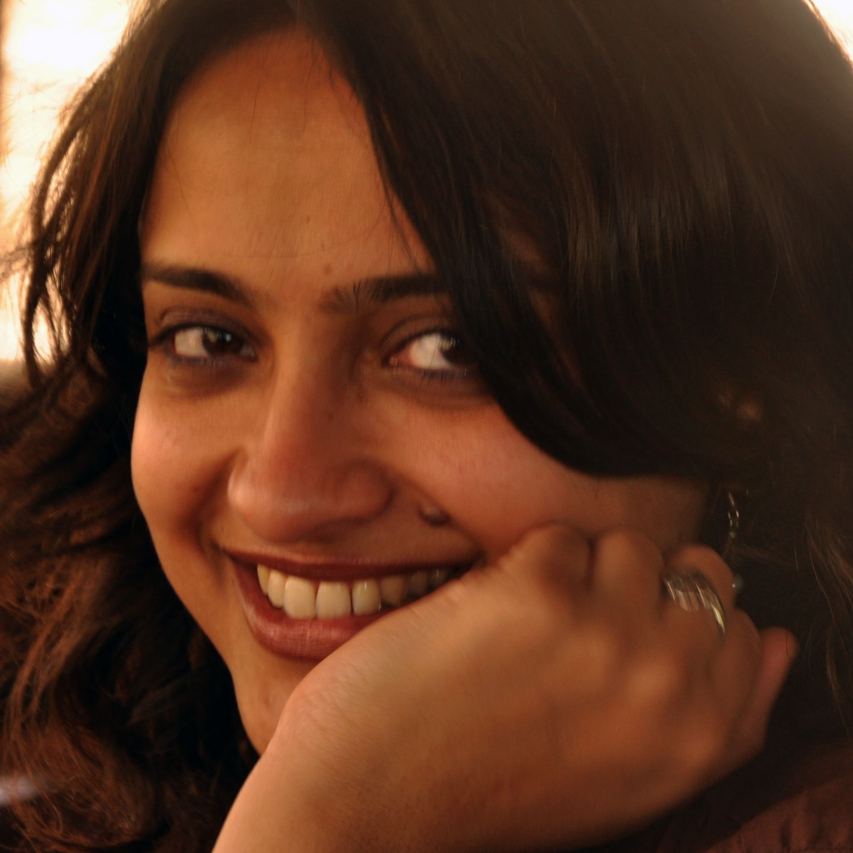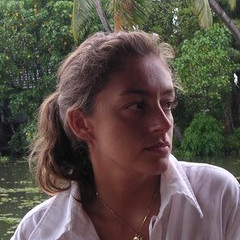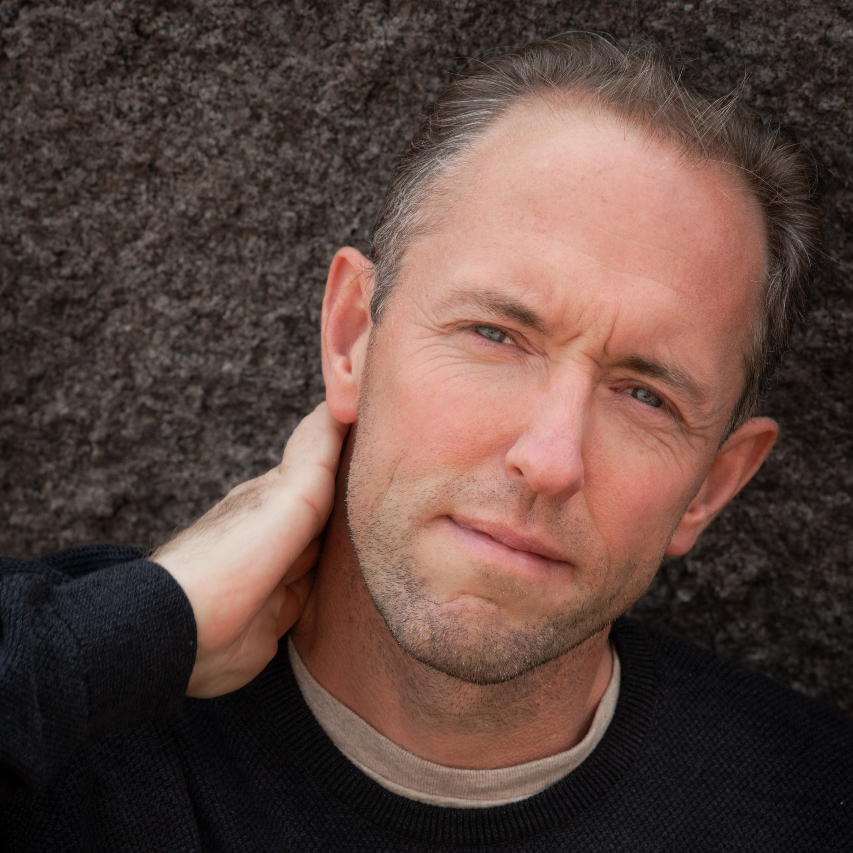Our jury panel – to consist of professionals from the worlds of wildlife and conservation photography, photojournalism, and photo editing – will review, score, and select photos in two phases. No information about the photographer’s identity is provided to the jury at any time during the judging process. You can review past jury panels.
The jury members review and score a long list of images that meet the competition criteria as stated in the rules and conditions and passed our internal pre-screening (and the ethics panel, where applicable). In this phase, each jury member reviews submissions independently.
All jury members meet virtually to review and discuss the highest-scoring submissions. During this phase, the panel decides on the two grand prize winners, the category winners, and the exhibition shortlist.
> Story: does the story resonate? is it worth telling? Is there more to the story? Could it be further developed (e.g. a documentary)?
> Creativity: did the photographer show originality and imagination in identifying and pursuing their story? Is it repetitive or is it bringing something new to the discussion?
> Relevance: is the story relevant to EPOTY, our specific audience, the larger public audience? Is it newsworthy? Does it deserve more attention?
> Technical: did the photographer use their arsenal of tools effectively to express their idea? Examples: colour, composition, perspective, lighting, focus, exposure, contrast, etc.
> Difficulty: does the photographer rise to the challenge(s) set – if any – by their circumstances? Examples: motion / lighting conditions (incl. weather) / viewpoint / any inherent danger / special techniques or equipment (e.g. night photography)
> First and second impression: does the photo spark an immediate reaction? Does it make you want to find out more? Does it linger in your mind’s eye? Do you want to tell others about this photo and its story? Does the photo hook the viewer into the story?
> Translating the story into a visual: is the story recognisable in the photo? Can the viewer understand what the photographer is saying? Is there a clear connection between the photo and its caption?

“Images can be a powerful wake-up call to action, and that is what we all seem to need: that spur towards action. I am excited to see what our participants have documented and the opportunity their photography will offer to highlight some of the most pressing causes of our time.”


What a remarkable opportunity to witness our changing world through the lens of passionate photographers, where each image tells a unique story of our environment and its fragility.